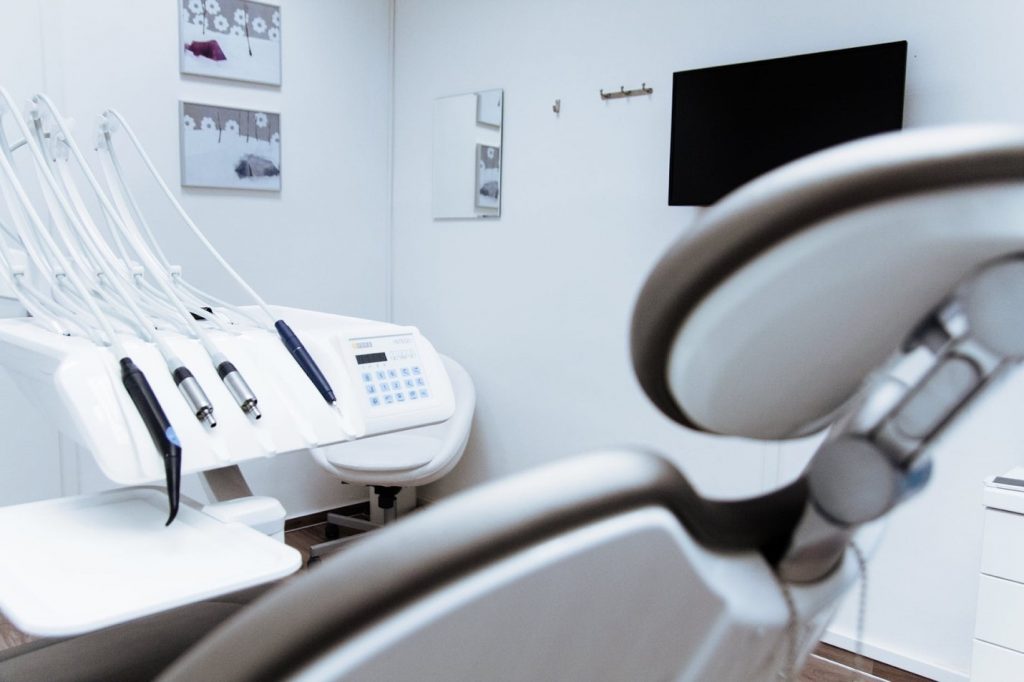
Attending the dentist can be a nerve-racking experience. However, the prospect of choosing a dental insurance plan can be just as daunting. In fact, the cost of dentistry is what keeps most Americans away from the dreaded dentist chair for years at a time, according to a survey by the American Dental Association.
But let’s face the fact: Oral hygiene is essential to our overall health. And while it may be expensive, choosing the right dental insurance plan could save you thousands in preventive and diagnostic care.
So rather than avoiding the dentist or worrying about what might go wrong, be proactive and research what dental insurance plans will keep your teeth looking pearly white for less. Here are five key factors to consider when choosing a dental insurance plan:
1. What can you afford?
Most importantly, choose a dental plan that fits within your budget. There are two general types of plans: Dental Health Maintenance Organization (HMO) and Preferred Provider Organization (PPO).
HMO plans have lower premiums and no annual deductibles (e.g., the excess paid before the insurance company will cover a percentage of your claim). Instead, you are responsible for co-payments listed on your Schedule of Benefits each time you receive dental services, which correlates to higher-out-of-pocket costs if you have extensive dental care needs.
PPO plans have higher premiums than HMO plans, but have lower out-of-pocket-costs as the insurance company sets a limit on how much in-network dental providers can charge. Under a PPO plan, you must pay an annual deductible, which varies between insurance companies and policies. While PPO plans are more expensive upfront, if you have high dental care costs, a PPO plan could be the more economical due to lower co-payments.
2. Do you have a preferred dentist?
Different plans possess varying levels of flexibility concerning the dentists and dental providers they will provide coverage for. Under an HMO plan, you must select and be assigned a primary care dentist within the insurance company’s in-network and are acquired to get a referral for procedures. You are free to switch dentists, but only once a month and there can be an extensive waiting period.
PPO plans are generally more flexible as you have the freedom to visit any in-network or out-network dentist. However, out-network dentists are free to charge their own fee, and hence your out-of-pocket-costs can rise. PPO plans are more convenient as you don’t need a referral for procedures and can change dentist as you wish with little to no waiting time. If you have preferred dentist, ask what insurance plans and discounts he or she accepts.
3. Are you eligible for group coverage?
Most people receive dental insurance through their employer or other group coverage plans, such as Affordable Care Act, AARP, or public programs like Medicaid, Tricare, and the Children’s Health Insurance Program.
Group coverage is an attractive option as the premiums are generally more affordable than those of an individual insurance plan, and can often deliver better benefits. However, it can pay to take a closer look at the details of group coverage plans, and particularly those offered by employers, to check whether the benefits are worth your money.
4. What are the insurance caps, limits and waiting periods?
Before taking out a stand-alone dental insurance plan, whether it’s an HMO or PPO plan, check the fine details. Dental insurance policies have an annual coverage limit ranging from $1000 to $1500 a year. Also, most PPO plans require an additional $50 to $100 deductible to be paid annually.
Dental insurance policies have extensive waiting periods with coverage on specific procedures withheld for 12 months. You may even wait two years for complicated procedures like dental implants, dentures, and crown or cast restorations. And once you’ve done all that waiting, the benefit can be as lousy of 50% of the cost. Avoid getting caught out by familiarising yourself with the insurances caps, limits and waiting periods.
5. What does the plan cover?
It can often seem like all insurance plans are the same, but they’re not! While most health insurance plans cover a significant percentage of all medical expenses, even extensive ones, dental insurance plans tend to be more fickle depending on your coverage level. For example, a policy may pay up to 80% to 100% of the cost of routine check-ups, cleanings, filling and x-rays, but expect you to fork out 50% for crowns, root canals, and gum-disease treatments.
To budget for your dental expenses, you need to carefully review the policy and determine an appropriate coverage level for your needs. Each plan will cover these three areas to varying degrees:
- Routine and preventive care: Periodic check-ups, cleanings, x-rays and fillings, fluoride/sealant cavity prevention treatments, and types of oral surgery, root canals and gum care.
- Emergency care: Treatment following an accident encompassing teeth and mouth, such as a lost, cracked or broken tooth or severe wounds to the lips, tongue or cheeks.
- Complex care: Orthodontic treatments (such as braces, jaw alignment), dentures or bridges.
Choose the Right Dental Plan for you and your Family
A great way to find the perfect plan for you and your family is to visit your dentist and undergo an exam with diagnostic x-rays. Your dentist will be able to inform you of your overall dental health and provide you with a decent indication of any complex procedures you or your children are likely to need. Hopefully, this will refine your options and make the make finding the right dental insurance plan easier.

